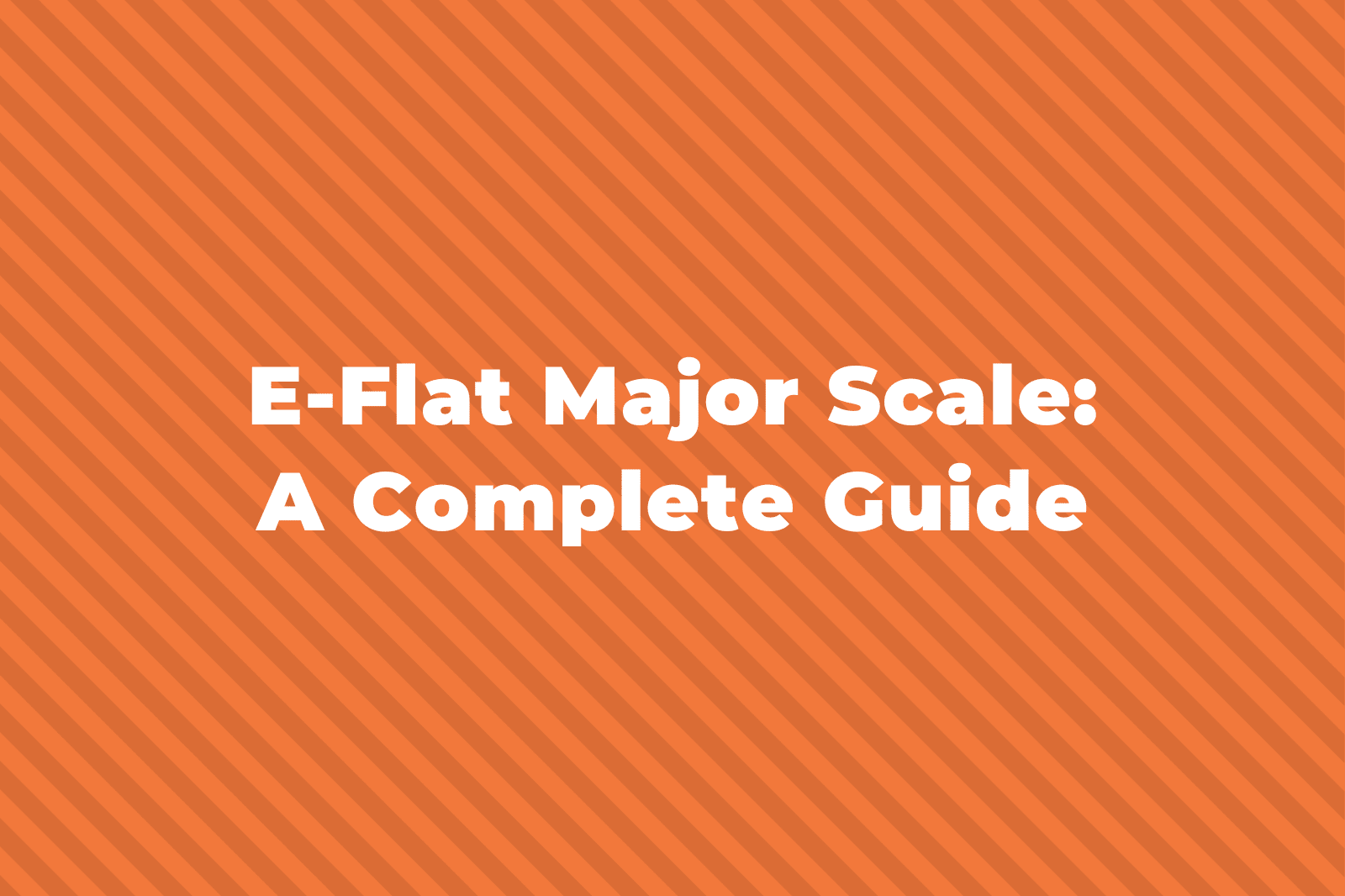The pentatonic scale is one of the most widely recognized and used scales probably of all time. You’ll commonly hear it used in all sorts of music genres, in anything from classical, pop, jazz, and even heavy metal.
In this post, we’ll take a look at how you make a pentatonic scale and some of the reasons why it’s been so popular throughout history.
What is the Pentatonic Scale?
A pentatonic scale is a type of musical scale that uses only five notes in an octave.
The name pentatonic comes from the Greek word ‘pente‘, which means five, and is where we get words like pentagon (a five-sided shape) and pentameter (a form of poetry that uses five strong beats).
The pentatonic scale is used widely in a lot of different music genres.
It’s one of the easiest scales to play and often will sound good with notes played in any order, as there are no half step (semitone) intervals in it which can cause dissonance.
For this reason, it’s very common for improvising and guitar solos.
History of the Pentatonic Scale
Pentatonic scales are one of the oldest known scales in the world.
Archaeologists have dug up ancient flutes carved out of bird bones, with many of them tuned to the pentatonic scale.
Some are thought to be as old as 40,000 – 60,000 years old!

Types of Pentatonic Scale
There are a number of different types of pentatonic scales but the two most common ones are:
- The major pentatonic scale
- The minor pentatonic scale
Let’s take a look at what notes make up these two scales.
Major Pentatonic Scale
The major pentatonic scale is made up of five notes, the 1st, 2nd, 3rd, 5th and 6th degrees of the major scale.
In the key of C, that would be C, D, E, G, and A.

As you can see above, it’s very similar to C major scale but doesn’t contain the 4th or 7th degrees.
These are the two notes that are a semitone (half step) away from one of the other notes in the scale.
Check out this video of Bobby McFerrin demonstrating that without any prior knowledge, given only the first two notes of the pentatonic scale, the audience will know which note to sing next.
It’s a natural phenomenon.
Minor Pentatonic Scale
The other type is the minor pentatonic scale which is made up of the 1st, 3rd, 4th, 5th and 7th degrees of the natural minor scale.
In the key of A, this would be A, C, D, E, and G.

As you can see, it’s very similar to the natural minor scale but doesn’t contain the 2nd and 6th degrees of the scale.
Just like in the major pentatonic, these are the two notes that are a semitone (half step) away from one of the other notes in the scale.
Summing up the Pentatonic Scale
If you’re just starting out in learning music, then the pentatonic scale is one of the first scales you should learn about.
It will open lots of doors for you to play hundreds of songs and allow you to start improvising and making your own music.



